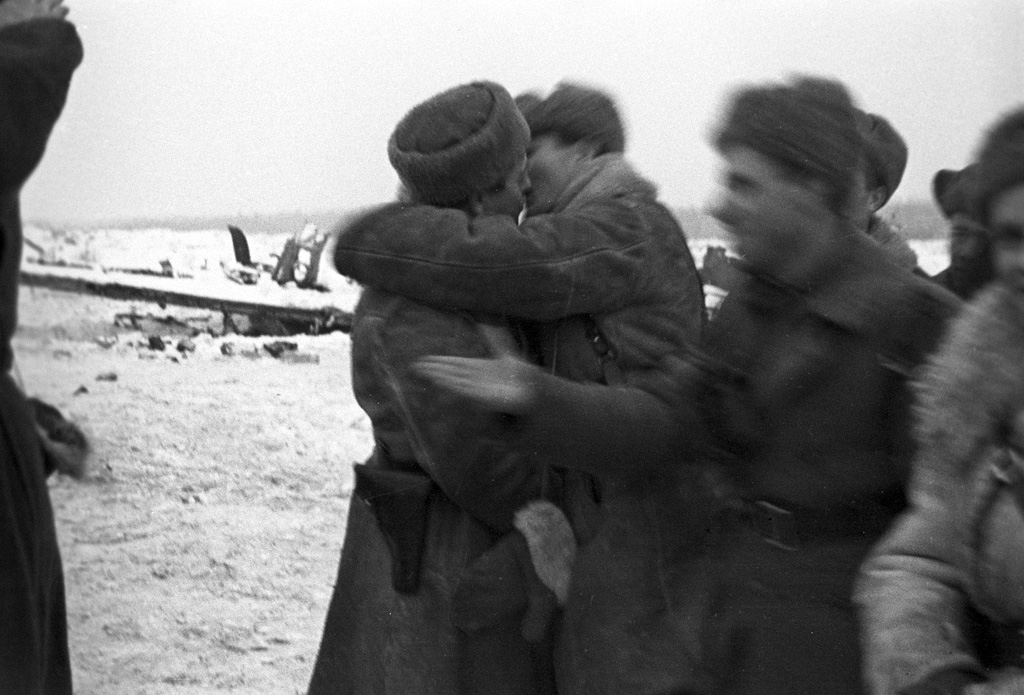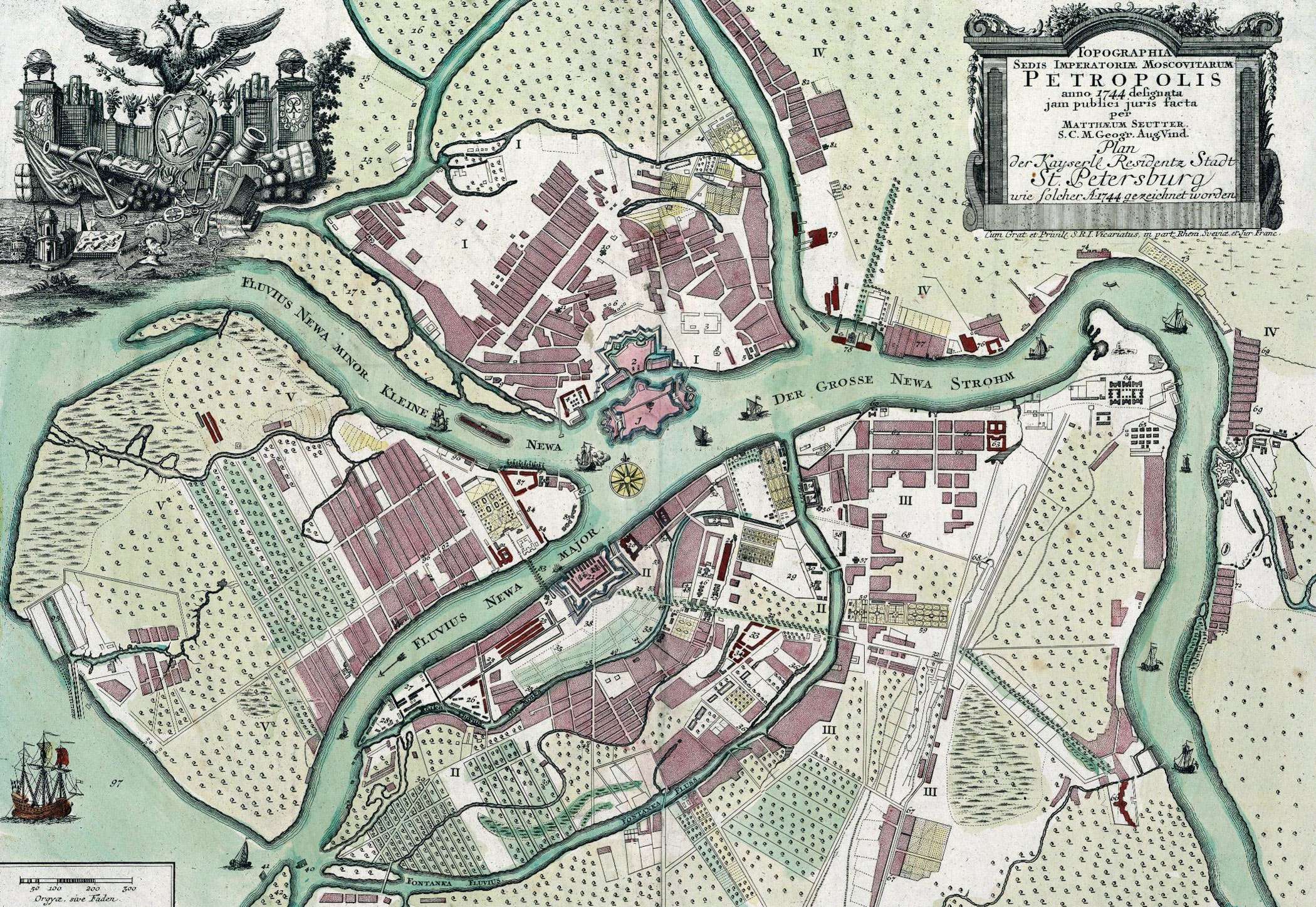|
Engelen Des Doods
''Angels of Death'' (original title: Engelen des Doods) is a 1998 Dutch documentary film by director Leo de Boer. During World War II, the Soviet General Andrey Vlasov was in control of the 2nd Shock Army. The documentary contains images of people studying the location near the city of Leningrad (now known as Saint Petersburg), where the 2nd Shock Army was annihilated in 1942. footage and witnesses Awards * Golden Calf for Best Short Documentary at theNetherlands Film Festival
The Netherlan ...
[...More Info...] [...Related Items...] OR: [Wikipedia] [Google] [Baidu] |
Dutch Documentary Film
A Dutch documentary film is a documentary film made by a director of (partly) Dutch origin. Dutch documentary films are not necessarily bound to Dutch topics or locations in the Netherlands. History Before 1945 The first known Dutch documentary was made in 1916 by Johann Vierboom. The film ''Storm en noodweer in Nederland'' shows the 1916 flood disaster at the coasts of the Zuiderzee. Another documentary film of this era is ''Holland Neutraal: De leger- en vlootfilm'' (1917) by Willy Mullens. One of the most famous Dutch documentary film directors is Joris Ivens. Ivens started making his own films in 1928. The first was an avant-garde look at a Rotterdam bridge, ''The Bridge'' (''De brug'', 1928). His later films were more realistic, socially concerned and polemical. ''The Spanish Earth'' (1937) is one of his most famous films. In order to make internationally oriented documentaries, Ivens travelled to countries such as the Soviet Union, Spain, China, Australia and the United Stat ... [...More Info...] [...Related Items...] OR: [Wikipedia] [Google] [Baidu] |
World War II
World War II or the Second World War, often abbreviated as WWII or WW2, was a world war that lasted from 1939 to 1945. It involved the vast majority of the world's countries—including all of the great powers—forming two opposing military alliances: the Allies and the Axis powers. World War II was a total war that directly involved more than 100 million personnel from more than 30 countries. The major participants in the war threw their entire economic, industrial, and scientific capabilities behind the war effort, blurring the distinction between civilian and military resources. Aircraft played a major role in the conflict, enabling the strategic bombing of population centres and deploying the only two nuclear weapons ever used in war. World War II was by far the deadliest conflict in human history; it resulted in 70 to 85 million fatalities, mostly among civilians. Tens of millions died due to genocides (including the Holocaust), starvation, ma ... [...More Info...] [...Related Items...] OR: [Wikipedia] [Google] [Baidu] |
Soviet Union
The Soviet Union,. officially the Union of Soviet Socialist Republics. (USSR),. was a transcontinental country that spanned much of Eurasia from 1922 to 1991. A flagship communist state, it was nominally a federal union of fifteen national republics; in practice, both its government and its economy were highly centralized until its final years. It was a one-party state governed by the Communist Party of the Soviet Union, with the city of Moscow serving as its capital as well as that of its largest and most populous republic: the Russian SFSR. Other major cities included Leningrad (Russian SFSR), Kiev (Ukrainian SSR), Minsk ( Byelorussian SSR), Tashkent (Uzbek SSR), Alma-Ata (Kazakh SSR), and Novosibirsk (Russian SFSR). It was the largest country in the world, covering over and spanning eleven time zones. The country's roots lay in the October Revolution of 1917, when the Bolsheviks, under the leadership of Vladimir Lenin, overthrew the Russian Provisional Government ... [...More Info...] [...Related Items...] OR: [Wikipedia] [Google] [Baidu] |
Andrey Vlasov
Andrey Andreyevich Vlasov (russian: Андрéй Андрéевич Влáсов, – August 1, 1946) was a Soviet Red Army general and Nazi collaborator. During World War II, he fought in the Battle of Moscow and later was captured attempting to lift the siege of Leningrad. After being captured, he defected to Nazi Germany and headed the Russian Liberation Army (''Russkaya osvoboditel'naya armiya'', ROA). Initially this army only existed on paper and was used by Germans to goad the Red Army troops to surrender; only in 1944 did Heinrich Himmler, knowing that Germany was running out of manpower, arrange Vlasov to form a real Russian pro-Nazi army. At the war's end, Vlasov changed sides again and ordered the ROA to aid the Prague uprising against the Germans. He and the ROA then tried to escape to the Western Front, but were captured by Soviet forces. Vlasov was tortured, tried for treason and hanged. Early career Born in Lomakino, Nizhny Novgorod Governorate, Russia ... [...More Info...] [...Related Items...] OR: [Wikipedia] [Google] [Baidu] |
2nd Shock Army
The 2nd Shock Army (russian: 2-я Ударная армия) was a field army of the Soviet Union during the Second World War. This type of formation was created in accordance with prewar doctrine that called for Shock Armies to ''overcome difficult defensive dispositions in order to create a tactical penetration of sufficient breadth and depth to permit the commitment of mobile formations for deeper exploitation.'' However, as the war went on, Shock Armies lost this specific role and reverted, in general, to ordinary frontline formations. Formation The 2nd Shock Army was formed from the Volkhov Front's 26th Army in December 1941 and initially consisted of the 327th Rifle Division and eight separate rifle brigades. During the Lyuban offensive operation in early 1942, the 2nd Shock Army broke through German lines, was cut off from reinforcement along the Volkhov River by a German counter-attack, and was not permitted to retreat. When the order for retreat finally came in, the 2nd w ... [...More Info...] [...Related Items...] OR: [Wikipedia] [Google] [Baidu] |
Leningrad
Saint Petersburg ( rus, links=no, Санкт-Петербург, a=Ru-Sankt Peterburg Leningrad Petrograd Piter.ogg, r=Sankt-Peterburg, p=ˈsankt pʲɪtʲɪrˈburk), formerly known as Petrograd (1914–1924) and later Leningrad (1924–1991), is the second-largest city in Russia. It is situated on the Neva River, at the head of the Gulf of Finland on the Baltic Sea, with a population of roughly 5.4 million residents. Saint Petersburg is the fourth-most populous city in Europe after Istanbul, Moscow and London, the most populous city on the Baltic Sea, and the world's northernmost city of more than 1 million residents. As Russia's Imperial capital, and a historically strategic port, it is governed as a federal city. The city was founded by Tsar Peter the Great on 27 May 1703 on the site of a captured Swedish fortress, and was named after apostle Saint Peter. In Russia, Saint Petersburg is historically and culturally associated with ... [...More Info...] [...Related Items...] OR: [Wikipedia] [Google] [Baidu] |
Saint Petersburg
Saint Petersburg ( rus, links=no, Санкт-Петербург, a=Ru-Sankt Peterburg Leningrad Petrograd Piter.ogg, r=Sankt-Peterburg, p=ˈsankt pʲɪtʲɪrˈburk), formerly known as Petrograd (1914–1924) and later Leningrad (1924–1991), is the second-largest city in Russia. It is situated on the Neva River, at the head of the Gulf of Finland on the Baltic Sea, with a population of roughly 5.4 million residents. Saint Petersburg is the fourth-most populous city in Europe after Istanbul, Moscow and London, the most populous city on the Baltic Sea, and the world's northernmost city of more than 1 million residents. As Russia's Imperial capital, and a historically strategic port, it is governed as a federal city. The city was founded by Tsar Peter the Great on 27 May 1703 on the site of a captured Swedish fortress, and was named after apostle Saint Peter. In Russia, Saint Petersburg is historically and culturally associated with t ... [...More Info...] [...Related Items...] OR: [Wikipedia] [Google] [Baidu] |
Golden Calf For Best Short Documentary
The following is a list of winners of the Golden Calf for best Short Documentary at the Nederlands Film Festival. This category was first awarded in 1993. * 2023 Wiam Al-Zabari - Mijn Vader, Nour en Ik * 2022 Eliane Esther Bots - In Flow of Words * 2021 Anne-Marieke Graafmans - Zie je mij, Hoor je mij * 2020 Marina Meijer - Caroussel * 2019 Shamira Raphaëla - De waarheid over mijn vader * 2018 Morgan Knibbe - The Atomic Soldiers * 2017 Elsbeth Fraanje - '' Snelwegkerk'' * 2016 Suzanne Raes & Monique Lesterhuis - De tegenprestatie * 2015 Hester Overmars - '' Verboden Vlucht'' * 2014 Tijs Tinbergen & Jan Musch - '' MeesTV: Hoe de koolmees mij gelukkig maakt'' * 2013 Astrid Bussink - '' Achter de toren'' * 2012 Peter Delpeut - '' Immer Fernweh'' * 2011 Joost Seelen - '' Zwarte Soldaten'' * 2010 Ilse van Velzen & Femke van Velzen - Weapon of War * 2009 Marije Meerman - '' Wanna Be A Boss'' * 2008 Melle van Essen & Riekje Ziengs - '' Landschappen waar niemand van weet (II ... [...More Info...] [...Related Items...] OR: [Wikipedia] [Google] [Baidu] |
Netherlands Film Festival
The Netherlands Film Festival ( nl, Nederlands Film Festival) is an annual film festival, held in September and October of each year in the city of Utrecht. During the ten-day festival, Dutch film productions and co-productions are exhibited. Besides feature films, the program also consists of short subjects, documentary films, and television productions. On the closing evening of the festival, the Golden Calves are awarded to the best films, directors, and actors. Together with the Netherlands Film Fund, the festival also recognises box office results of Dutch film productions during the year with the Crystal Film (10,000 visitors of documentary films), the Golden Film (100,000 visitors), the Platinum Film (400,000 visitors), and the Diamond Film (1,000,000 visitors). History The Netherlands Film Festival was founded in 1981 by the Dutch film maker Jos Stelling, who called it the "Netherlands Film Days" (''Nederlandse Filmdagen''). Initially the festival was oriented towards ... [...More Info...] [...Related Items...] OR: [Wikipedia] [Google] [Baidu] |
Dutch Documentary Films
A Dutch documentary film is a documentary film made by a director of (partly) Dutch origin. Dutch documentary films are not necessarily bound to Dutch topics or locations in the Netherlands. History Before 1945 The first known Dutch documentary was made in 1916 by Johann Vierboom. The film ''Storm en noodweer in Nederland'' shows the 1916 flood disaster at the coasts of the Zuiderzee. Another documentary film of this era is ''Holland Neutraal: De leger- en vlootfilm'' (1917) by Willy Mullens. One of the most famous Dutch documentary film directors is Joris Ivens. Ivens started making his own films in 1928. The first was an avant-garde look at a Rotterdam bridge, ''The Bridge'' ('' De brug'', 1928). His later films were more realistic, socially concerned and polemical. '' The Spanish Earth'' (1937) is one of his most famous films. In order to make internationally oriented documentaries, Ivens travelled to countries such as the Soviet Union, Spain, China, Australia and the United Sta ... [...More Info...] [...Related Items...] OR: [Wikipedia] [Google] [Baidu] |




